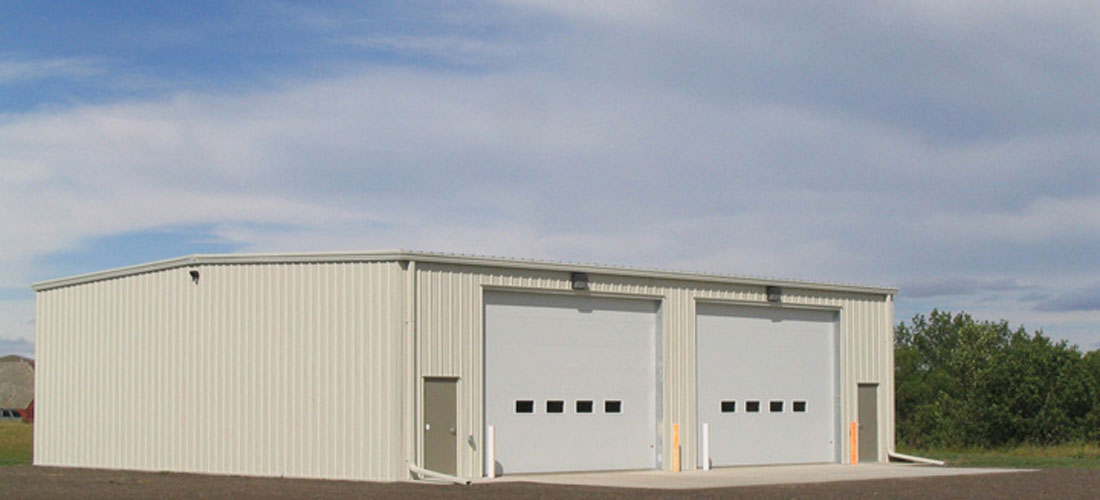Introduction
Calgary is situated in the foothills of the Canadian Rockies and is famous for its spectacular natural beauty and its thriving agricultural industry. At the centre of this industry are farm buildings that are essential structures supporting the region's agricultural endeavours. These buildings, ranging from barns to silos, are a testament to the city's commitment to agriculture, playing an important role in nurturing growth and sustainability. In this comprehensive article, we delve into the world of Calgary farm buildings, exploring their history, diversity, modern innovations, and their essential contribution to the city's agricultural success.
A Rich History of Farm Buildings
The history of farm buildings in Calgary is deeply rooted in the city's agricultural heritage. As early settlers established farms and ranches in the region, they built the first barns and outbuildings to shelter livestock and store crops. These early structures, often built with locally sourced materials, laid the foundation for the robust agricultural infrastructure that we see today.
Diverse Functions
Calgary's farm buildings serve a variety of functions, reflecting the diverse agricultural activities in the region. Barns, the quintessential farm structure, provide shelter for livestock, while silos and grain elevators store grains and feed. Additionally, modern farm buildings house equipment, serve as processing facilities, and provide storage for agricultural produce.
Supporting Livestock and Crop Management
Farm buildings are essential for managing livestock and crops efficiently. Barns offer a safe and sheltered environment for animals, protecting them from harsh weather conditions. Silos and granaries store grains and feed, preventing spoilage and ensuring a stable food supply for livestock. These buildings are vital to ensuring the health and well-being of the region's agricultural assets.
Innovation in Modern Farm Buildings
In recent years, Calgary's farm buildings have undergone significant innovation. Modern technology has revolutionized agriculture, and farm structures have adapted accordingly. Climate-controlled barns, automated feeding systems, and efficient waste management solutions are just a few examples of how innovation has improved the efficiency and sustainability of farming practices in the region.
Sustainable Farm Building Practices
Calgary's commitment to sustainability extends to its agricultural sector. Many farm buildings now incorporate sustainable practices such as rainwater harvesting, solar power, and energy-efficient designs. These initiatives not only reduce the environmental impact of farming but also contribute to cost savings for farmers, promoting both economic and ecological sustainability.
Preserving Agricultural Heritage
As Calgary continues to modernize, preserving its agricultural heritage is of utmost importance. Many farm buildings, some of which are historical landmarks, are protected to maintain the city's link to its agrarian roots. These structures serve as reminders of the past and contribute to the cultural richness of the region.
The Role of Farm Buildings in Food Security
Calgary's farm buildings play a crucial role in ensuring food security for the city and its surrounding areas. They enable local farmers to produce a wide range of agricultural products, from grains and vegetables to meat and dairy. This local food production not only enhances the region's self-sufficiency but also reduces the carbon footprint associated with long-distance food transportation.
Challenges and Opportunities
Despite their significant contributions, farm buildings face challenges in adapting to changing agricultural practices and market dynamics. Climate change, land use pressures, and economic fluctuations pose hurdles. However, these challenges also present opportunities for innovation and adaptation. Calgary's farm buildings have a history of resilience and flexibility, ensuring they can overcome obstacles and continue to support the city's agricultural growth.
Conclusion
Calgary farm buildings are pillars of the city's agricultural success and sustainability. They embody a rich history, serve diverse functions, and adapt to modern innovations. As Calgary's agricultural sector evolves, these buildings will continue to play an indispensable role in nurturing growth and ensuring a prosperous future for agriculture in the region.






